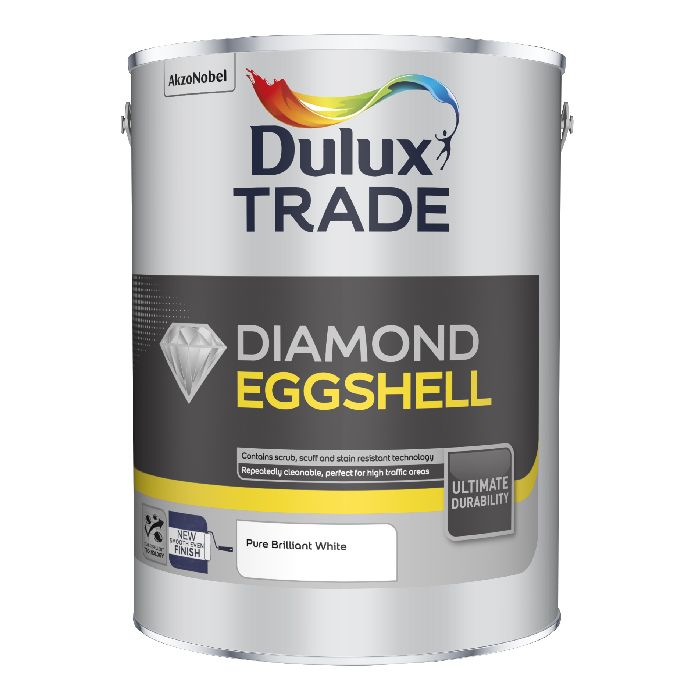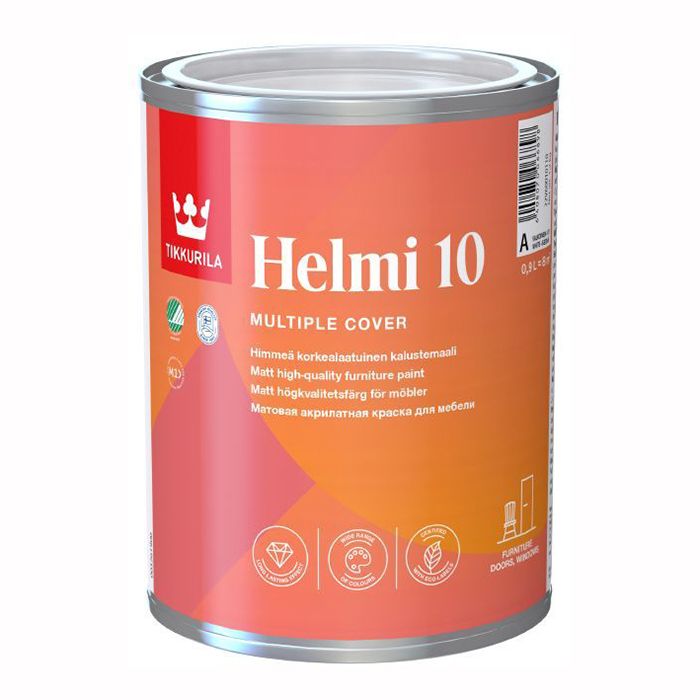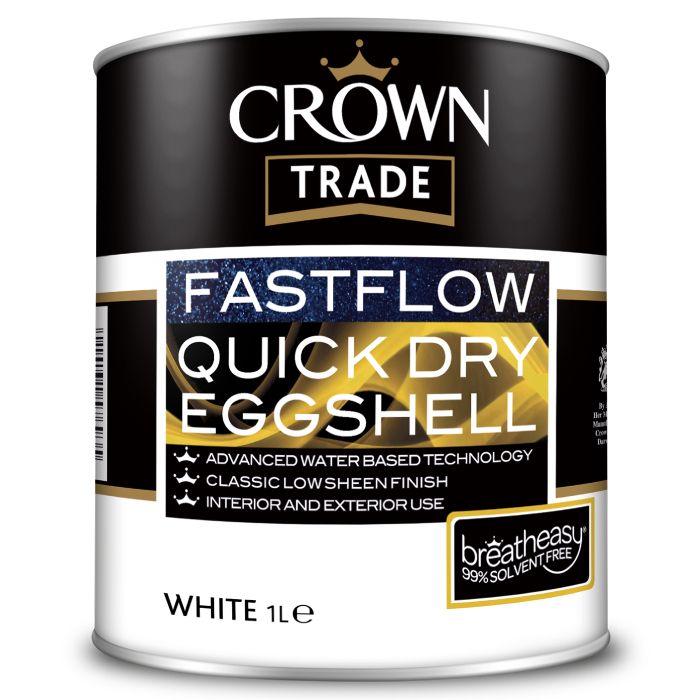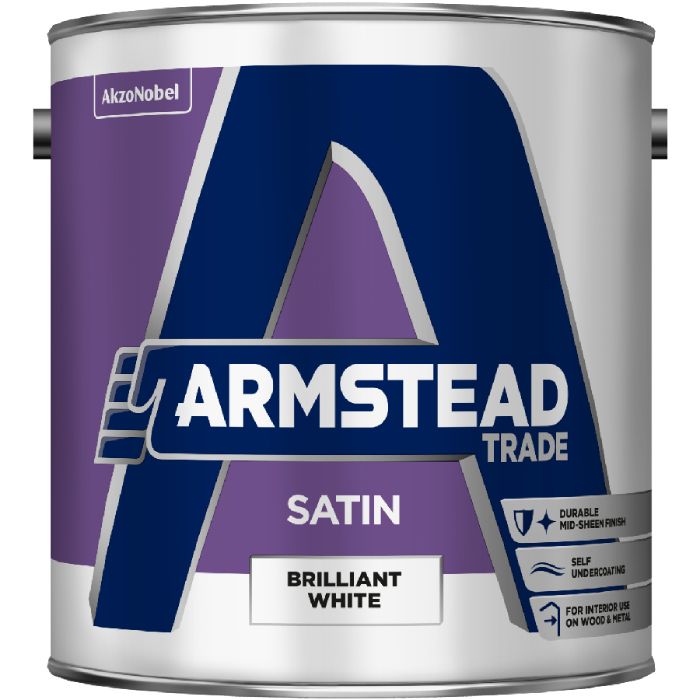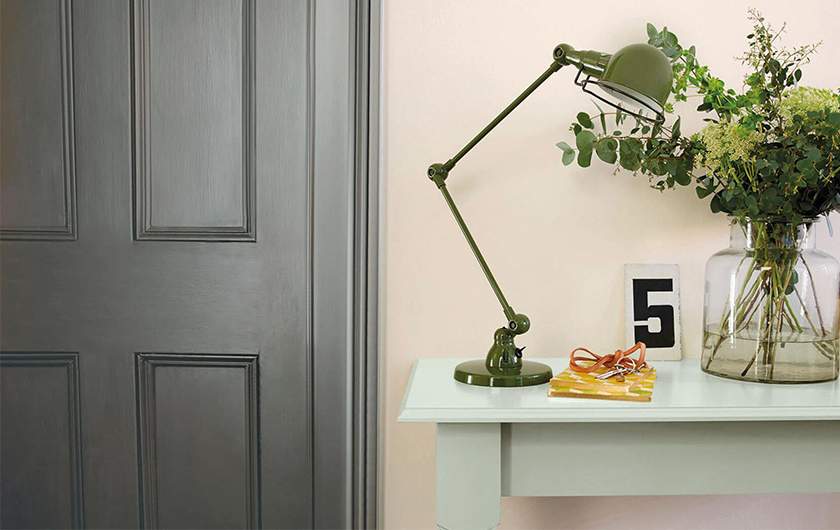
Whether you're revamping your interiors or freshening up your exterior doors, painting a door can transform the look of your space. But it's not always a straightforward task. The surface type, choosing the right paint, and the painting technique are just some of the factors that can make painting doors a bit daunting. However, with the right information, you can achieve a professional finish that boosts the aesthetic appeal of your entire space.
1. Choosing the Right Paint for Doors
Choosing the right paint is key to a successful door painting project. Different door types require specific paint types for the best results.
- What kind of paint do you use on doors? There are various types of paint you can use on doors. The choice largely depends on the material of the door. For instance, wood doors require a different paint type compared to composite doors or uPVC doors.
- Which paint is best for wooden doors? For wooden doors, high-quality latex paint, or oil-based paint with a glossy or semi-gloss finish is usually a great choice. These paints are easy to clean and have a high resistance to wear, making them perfect for high-traffic areas.
Now, let's look at some recommended paint products for doors:
- White Door Paint: This is a popular choice for creating a clean, crisp look on your doors. It works well with all interior designs and helps to brighten up your space.
- Black Door Paint: If you're looking to make a bold statement, black door paint can create a stylish and sophisticated look.
- Internal Door Paint: This type of paint is specifically formulated for interior doors. It's designed to withstand regular cleaning and resist chipping and scuffing.
- Best Paint for Skirting Boards And Doors: When painting skirting boards and doors, you'll want a paint that can resist knocks and scuffs. Products from brands like Dulux Trade, Crown Trade, Tikkurila, and Armstead are renowned for their durability.
Choosing the right paint for your door can dramatically impact the finish and durability of your project. Always consider the door material and the conditions the door will be exposed to when making your choice.
2. Preparing a Door for Painting
Preparation is a crucial step in the painting process and ensures that your finished product is smooth and professional.
- Can you just paint over a door? While it's possible to paint over an existing finish, it's not recommended. Previous finishes, especially if they're glossy or varnished, can prevent the new paint from adhering properly.
- Do I need to sand a door before painting? Yes, sanding is an essential step before painting a door. This process smooths out the surface and helps the new paint adhere better. If the door has an old paint finish, a light sanding can help to create a surface that the new paint can bond to.
- Do I need to prime doors before painting? Priming is especially important when you're painting over a darker colour or raw wood. A primer creates a uniform base that improves paint adhesion, ensuring your paint colour shines through properly.
- How do you prepare a painted door for painting? To prepare a previously painted door for a new coat, start by cleaning the door to remove any dust, dirt, or grease. Then, lightly sand the surface to create a rough texture for the new paint to adhere to. After sanding, wipe down the door to remove any residual dust before applying a primer.
- Can I paint a door without taking it down? Yes, it's possible to paint a door without taking it down, but it requires careful masking of the surrounding areas to avoid getting paint on the hardware or the floor.
3. The Process of Painting a Door
Once you've chosen the right paint and properly prepared the door, it's time to get painting.
- What is the proper way to paint a door? The best way to paint a door is to start by painting the edges and details of the door with a brush. Once that's done, use a foam roller to paint the larger flat areas to avoid leaving visible brush strokes.
- Should I use a brush or roller to paint a door? Both tools can be used to paint a door. Brushes are great for painting door edges and details, while rollers are ideal for larger, flat areas because they provide a smooth finish.
- How many coats of paint should a door have? Usually, two coats of paint are enough to provide a solid, even colour. However, if you're painting a lighter colour over a darker one, you may need an additional coat for full coverage.
- How do you paint a door for beginners? Begin by removing the door handle if possible. Next, clean the door and sand it to create a rough surface for the paint to adhere to. Apply a primer, if necessary, and then start painting the edges and details with a brush before moving on to the larger areas with a roller.
- How do you paint a door without brush marks? To avoid brush marks, use a high-quality brush and paint in the direction of the wood grain. Also, consider using a self-levelling paint that smooths out as it dries.
- Is it better to paint doors standing up or laying down? Both methods have their pros and cons. Painting doors standing up is less space-consuming and allows you to paint both sides at the same time (if they're dry to the touch). Painting doors while they're laying down, however, can minimize drips and runs. Choose the method that best fits your space and comfort.
4. Special Types of Doors: uPVC and Composite Doors
There are many types of doors that you might be considering painting, including uPVC and composite doors. While these can be trickier to paint than wooden doors, it is indeed possible to give them a new look.
- Can you paint a UPVC door? Yes, you can paint a UPVC door. However, you need to use a specific paint that is designed for uPVC. Before painting, it's vital to thoroughly clean the door to remove any dirt or grime. Then, lightly sand the surface to provide a key for the paint to adhere to.
- Can you paint composite doors? Yes, it's possible to paint composite doors. However, you need to choose the right type of paint to ensure it adheres properly and gives a durable finish. It's also crucial to clean and lightly sand the door before painting.
- Can you paint a composite door frame in the UK? Yes, composite door frames can be painted in the UK. As with the door itself, you need to choose a paint that's suitable for composite materials, clean the frame thoroughly, and lightly sand it before applying the paint.
5. Recommended Paints and Brands
When it comes to painting doors, the paint you choose can greatly influence the result. Here are some recommended paints and brands to consider.
Spotlight on brands. Dulux Trade, Crown Trade, Tikkurila, and Armstead are all reputable brands known for their high-quality paints. Their products offer excellent coverage, durability, and a wide range of colours.
Spotlight on products. Dulux Trade Diamond Eggshell, Tikkurila Helmi 10, Crown Trade Fastflow Quick Dry Eggshell, Armstead Trade Satin
- Dulux Trade Diamond Eggshell is a tough and cleanable emulsion with a smooth, even mid-sheen finish.
- Tikkurila Helmi 10 is an extremely durable, semi-matt finish paint suitable for interior doors.
- Crown Trade Fastflow Quick Dry Eggshell is a water-based, durable eggshell finish that offers the performance characteristics of a traditional solvent-based paint but in a water-based, quick-drying formulation.
- Armstead Trade Satin is a professional quality, solvent-based satin finish that provides a durable, mid-sheen finish for interior wood and metal surfaces.
Conclusion
Painting a door can be a simple yet effective way to transform the appearance of any room in your home. From understanding what kind of paint to use on different types of doors to learning the correct process to prepare and paint your door, we hope this guide has provided valuable insights. We've also highlighted some top brands and specific products worth considering. Always remember, the right preparation, the right tools, and the right paint can make all the difference in achieving professional-looking results.
We hope this article has proven to be a helpful guide on your painting journey. Got any further questions or any experience you'd like to share? We'd love to hear from you. Share your door painting stories in the comments section below. For any queries on the paint products mentioned or any other painting-related questions, feel free to get in touch with us at PaintWell. Happy painting!

